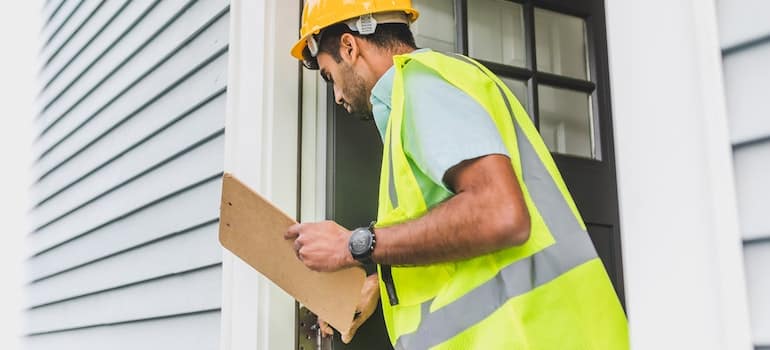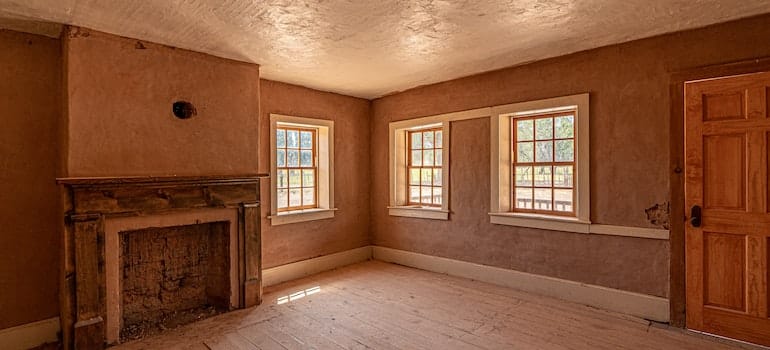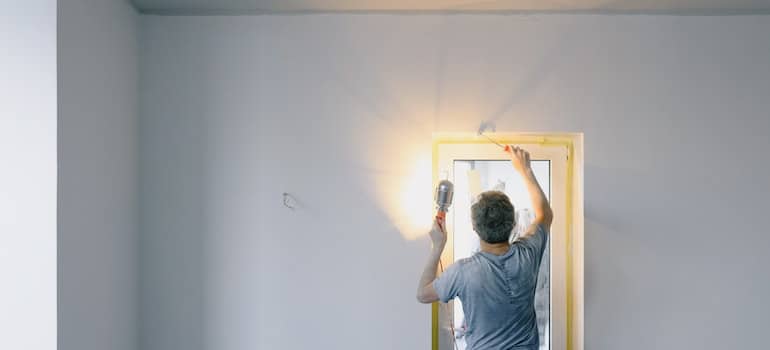If you are about to leave a place you have lived in and go to a new one, you need a moving inspection guide. This is especially the case if you have lived in a rental so far, but, even more so, if you don’t have much experience in buying a property. The inspection checklist is important for landlords, also. Owners don’t want to pay for something their tenants left in a horrible condition. However, you don’t want to pay for something you haven’t done either, or to pay for a damaged apartment or a house. So, after reading this guide, you will know what to pay attention to before you buy a new home, or before you rent a place. When you make sure everything is as it should be, you can hire professionals from SF Moving. Our pros will make sure that your relocation goes without any obstacles.
What does a moving inspection guide include?
The home inspection guide is the ideal procedure for saving time and energy while ensuring that everything runs well. When you’re relocating, you’re probably feeling a lot of pressure to get things done in a short amount of time because moving takes a lot of time and money. This guide will assist you in ensuring that your first week in your new home goes smoothly and that you remain in a safe and secure setting. If you have to do a lot of repairs when you actually should be enjoying yourself in your new place, then your relocation will just be a stressful task.

So, to avoid that, tick off the items from our inspection guide for moving. You need to check:
- if walls and ceiling seem okay;
- whether the floor is in a good condition;
- doors and windows;
- all the appliances, if there are any;
- light bulbs, and all electricity-related items.
Check the walls and the ceiling
Inspecting walls for any damage is important because the walls can tell you a lot about the condition of the house or the apartment. So, before you opt for local movers SF has to offer, check the walls in each room. Some scratches and stains can be okay since you are probably going to repaint the wall anyways. However, mold stains can mean that there is not enough light or heat and that the place is humid.
When it comes to the ceiling, it can tell you a lot about the roof, if you are renting/buying a house. Serious damages not only cost a lot of money, but they also take all of their time when repaired, so you would want to avoid that scenario. Since you probably don’t know much about roofs, the best solution is to call a professional home inspector to help you. If there happens to be some damage, that can help you have the price knocked down, in case of buying.
If, on the other hand, you want to rent/buy in a building, then the condition of the ceiling can show that there are some problems in the apartment above yours. So, make sure you have it covered with your future neighbors before you decide to invest time and money into that place.
See whether the floors are in a good condition
Floors are frequently an unanticipated source of damage during relocation, restorations, or other similar changes. Make a thorough inspection of the flooring in every room, even locations you may not expect, such as garages and storage rooms, if there are any. It’s also a good idea to take note of any symptoms of harm both before and after your move. Repairing floors may not be that expensive, but you don’t want to waste time doing it, especially not as soon as you move all of your items with the help of residential movers San Francisco residents recommend, and put them in their place in your new home.

Inspect the doors and windows
When moving in, problems with doors might be quite inconvenient. If a bedroom door becomes blocked, a key fails to function, etc., it can make moving furniture into these rooms much more difficult. Make a note of the state of each door, even if it only means that they are in great working order. Changing the doors usually isn’t a big problem, but only if you know in advance that you should do that. If on your moving day you get stuck outside of your new place, with the movers waiting to put your furniture and boxes inside, that can be a big problem.
Windows may not be the cause of more serious damage right away, but if you are not aware that there is a problem, you may end up with electrical problems, if rain, for instance, starts pouring in. It can also destroy your floor if this keeps happening. So, the moving inspection guide says you need to make sure the windows are in a good condition or at least fix or replace them before you move in.
Make sure the appliances work properly
If you are buying, you probably want to have new appliances in your new home. On the other hand, if you are going to rent a place, you probably want to use the appliances that are already there. Check if they work properly because you don’t want to pay for repairing something you didn’t damage.
All electricity-related things must function properly
A burnout light bulb is not the problem. However, sometimes it can be a sign that something is wrong with the electricity in general. So, check whether the light bulbs work in every room, as well as all the sockets.

Enjoy your new home!
If you follow the advice from the moving inspection guide, you won’t have any problems when you move in and you will enjoy your new home right away. Also, you can always contact us to help you with your relocation. That way, you will have a flawless move.


